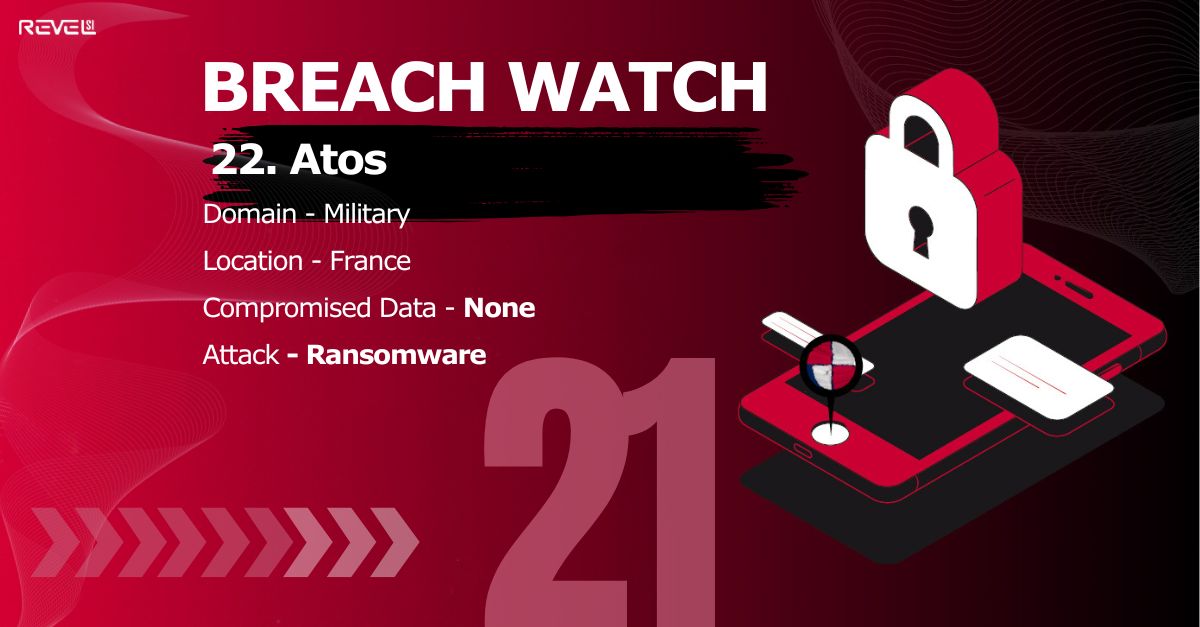Atos: A Cybersecurity Success Story

Overview
In late December 2024, the ransomware group Space Bears claimed to have breached Atos, a leading French IT services company known for its critical work with France’s military and intelligence agencies. The attackers alleged they had accessed an internal Atos database and threatened to leak sensitive information. However, in a swift and effective response, Atos conducted an investigation and refuted the claims, proving that their internal systems had not been compromised. Instead, the breach originated from a third-party infrastructure not managed or secured by Atos.
How It Happened
On December 28, 2024, Space Bears listed Atos as a victim on their darknet leak site, insinuating they had obtained confidential data. Atos immediately mobilized its cybersecurity team, launching an in-depth investigation. The findings revealed that the breach occurred within an external vendor’s system that referenced Atos-related data but was completely separate from Atos’s own secured environment. Atos’s proactive security measures, strong internal defences, and efficient incident response ensured that no proprietary data, source code, or internal infrastructure was affected.
Risk: The Critical Need for Third-Party Security Scrutiny
This incident highlights a growing cybersecurity challenge: third-party and vendor security risks. Organizations often have robust internal security measures but remain vulnerable through their extended supply chains and partnerships. Cybercriminals increasingly target third-party service providers, knowing that they may serve as the weakest link in an otherwise secure ecosystem.
Without stringent oversight, businesses may unknowingly expose sensitive data through external vendors who do not maintain the same level of cybersecurity resilience. Ensuring third-party compliance with security best practices is no longer optional—it is a necessity.
Key Takeaways: Lessons from Atos’s Success
- Rigorous Third-Party Security Assessments: Businesses must conduct thorough security evaluations of all vendors, contractors, and service providers. Regular audits, risk assessments, and security certifications should be mandatory. - Proactive Incident Response Plans: Atos’s ability to swiftly investigate and publicly refute false claims highlights the importance of having a well-defined incident response strategy in place. - Continuous Monitoring of Vendor Networks: Organizations should implement continuous monitoring tools to detect potential vulnerabilities within their vendor ecosystem before attackers can exploit them.
Final Thoughts
Atos’s handling of this situation serves as a prime example of strong cybersecurity governance in action. The company’s ability to quickly investigate, validate security claims, and assure stakeholders highlights the critical importance of vendor security oversight. As cyber threats continue to evolve, businesses must look beyond their internal networks and implement robust security frameworks for all third-party collaborations.
Cybersecurity is only as strong as the weakest link—ensuring vendor and third-party resilience must be a top priority for organizations worldwide.
Stay safe, stay ahead.
